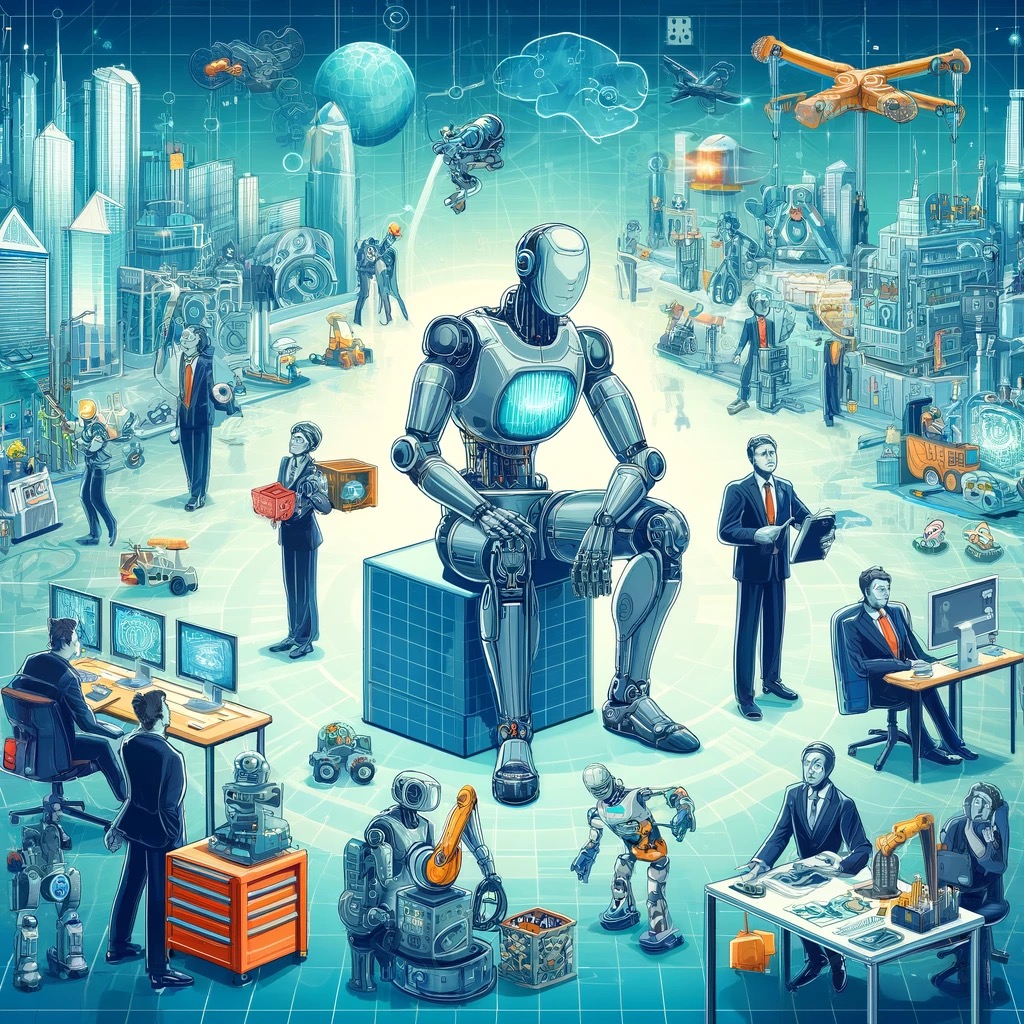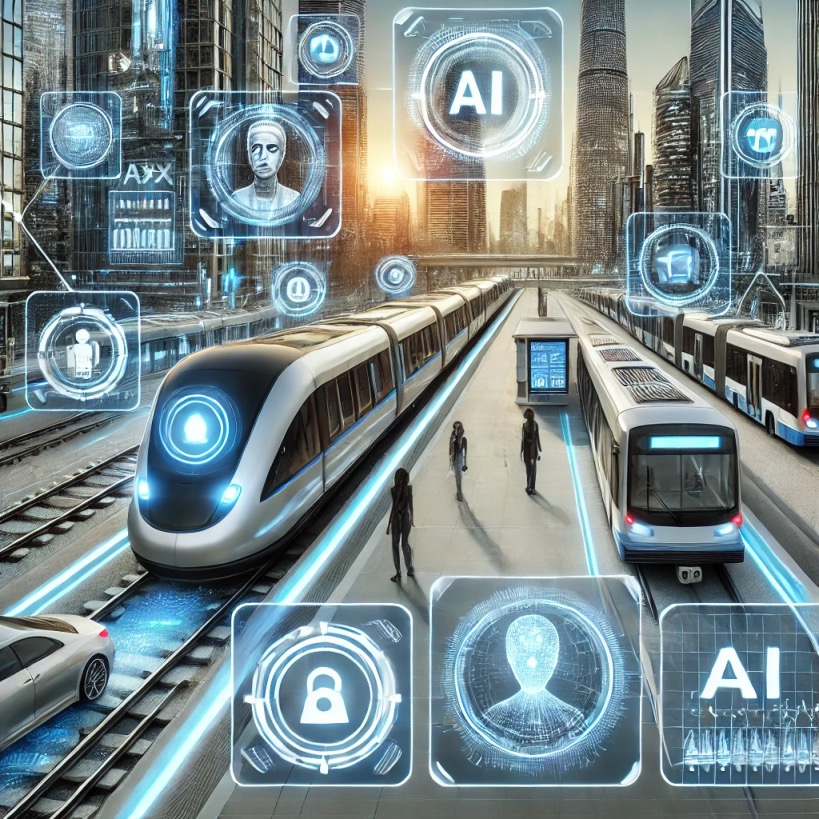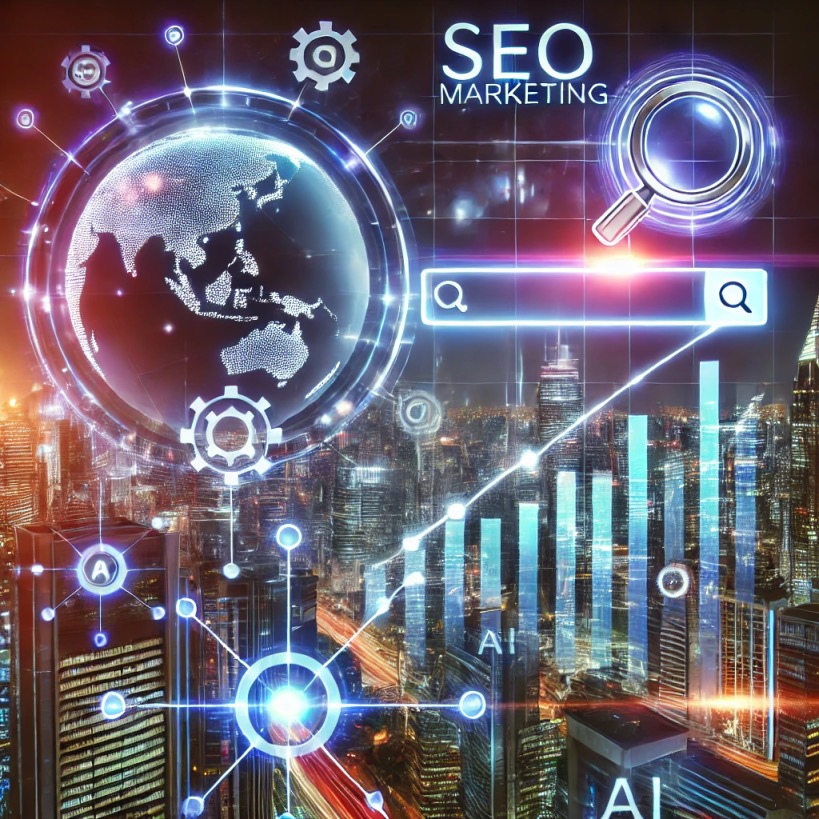Robotics, once a concept confined to science fiction, has become an integral part of modern life, transforming industries, reshaping economies, and redefining human-machine interactions. From manufacturing floors to healthcare facilities, from homes to outer space, robots are increasingly performing tasks that were once the exclusive domain of humans. This technological revolution is driven by advancements in artificial intelligence (AI), machine learning, sensors, and materials science, enabling machines to perceive, learn, adapt, and act autonomously.
Below is an exploration of how robotics is changing the world, its benefits, challenges, and the broader implications for society.


1. Key Areas Where Robotics is Making an Impact
a. Manufacturing and Industry
- Automation : Robots have revolutionized manufacturing by automating repetitive, dangerous, or precision-intensive tasks. For example:
- Assembly Lines : Industrial robots like those from ABB , Fanuc , and KUKA assemble cars, electronics, and appliances with unmatched speed and accuracy.
- Collaborative Robots (Cobots) : Designed to work alongside humans, cobots enhance productivity while ensuring safety.
- Supply Chain Optimization : Autonomous guided vehicles (AGVs) and drones streamline logistics, from warehouses to last-mile delivery.
b. Healthcare
- Surgical Assistance : Robots like da Vinci Surgical Systems enable minimally invasive surgeries with greater precision, reducing recovery times and improving outcomes.
- Rehabilitation and Prosthetics : Robotic exoskeletons and prosthetic limbs restore mobility for individuals with disabilities.
- Caregiving : Social robots assist elderly patients with daily tasks, monitor health metrics, and provide companionship.
c. Agriculture
- Precision Farming : Robots equipped with AI and sensors optimize planting, irrigation, and harvesting, increasing yields while conserving resources.
- Autonomous Tractors : Self-driving tractors and drones monitor crop health and automate field operations.
- Harvesting Robots : Machines like Root AI pick fruits and vegetables without damaging them.
d. Transportation and Logistics
- Self-Driving Vehicles : Autonomous cars, trucks, and delivery robots (e.g., Tesla , Waymo , Starship Technologies ) promise safer and more efficient transportation.
- Drone Delivery : Companies like Amazon Prime Air and Zipline use drones to deliver packages and medical supplies quickly.
e. Exploration and Space
- Planetary Rovers : Robots like NASA’s Perseverance Rover explore Mars, collecting data and searching for signs of life.
- Underwater Exploration : Autonomous underwater vehicles (AUVs) map ocean floors and study marine ecosystems.
f. Service and Consumer Robotics
- Household Robots : Devices like iRobot’s Roomba vacuum floors, while robotic lawn mowers maintain gardens.
- Retail Assistants : Robots greet customers, guide them through stores, and manage inventory.
- Entertainment : Humanoid robots like Sophia and Pepper engage audiences in interactive experiences.

2. Benefits of Robotics
a. Increased Efficiency
- Robots perform tasks faster and with greater consistency than humans, boosting productivity across industries.
b. Enhanced Safety
- By taking over hazardous jobs (e.g., mining, bomb disposal), robots reduce workplace injuries and fatalities.
c. Cost Savings
- Automation lowers operational costs by reducing labor expenses and minimizing errors.
d. Precision and Accuracy
- Robots excel at tasks requiring high levels of precision, such as surgery, microelectronics assembly, and scientific research.
e. Accessibility
- Assistive robots empower people with disabilities, enabling them to live more independently.
f. Sustainability
- Robots optimize resource usage in agriculture, energy production, and waste management, contributing to environmental conservation.
3. Challenges and Risks
a. Job Displacement
- Automation threatens jobs in sectors like manufacturing, retail, and logistics, raising concerns about unemployment and economic inequality.
b. Ethical Concerns
- Decision-Making : Autonomous systems must make ethical decisions, especially in critical scenarios like self-driving car accidents.
- Privacy : Surveillance robots and AI-powered systems raise questions about data collection and misuse.
c. Security Risks
- Hackers could exploit vulnerabilities in robotic systems, leading to malicious attacks on infrastructure or personal devices.
d. High Initial Costs
- Developing and deploying advanced robotics requires significant investment, which may be prohibitive for small businesses.
e. Over-Reliance on Technology
- Dependence on robots could erode human skills and lead to complacency in problem-solving.
f. Social Acceptance
- Some people resist interacting with robots due to fear, distrust, or cultural resistance.
4. Real-World Examples of Robotics in Action
a. Boston Dynamics
- Known for its agile humanoid and quadruped robots (e.g., Atlas , Spot ), Boston Dynamics demonstrates advanced mobility and dexterity.
b. Amazon Robotics
- Uses thousands of robots in fulfillment centers to sort, pack, and transport goods efficiently.
c. SoftBank Robotics
- Develops humanoid robots like Pepper , which serve as customer service representatives in retail and hospitality.
d. Zipline
- Operates drone delivery networks in Africa and the U.S., providing life-saving medical supplies to remote areas.
e. Tesla Autopilot
- Pioneering autonomous driving technology, Tesla’s vehicles aim to redefine personal and commercial transportation.
5. Emerging Trends in Robotics
a. Swarm Robotics
- Groups of small robots collaborate to complete complex tasks, inspired by insect colonies.
b. Emotional Intelligence
- Robots equipped with AI can recognize and respond to human emotions, enhancing their ability to interact naturally.
c. Modular Robotics
- Robots composed of interchangeable parts can reconfigure themselves for different tasks, offering versatility.
d. Biohybrid Robots
- Combining biological tissues with synthetic components, these robots mimic natural organisms and perform specialized functions.
e. Quantum Robotics
- Leveraging quantum computing, future robots could solve problems far beyond the capabilities of classical systems.
6. Societal Implications
a. Workforce Transformation
- While some jobs will disappear, new roles in robot maintenance, programming, and oversight will emerge, requiring reskilling and upskilling.
b. Economic Inequality
- Wealthier nations and corporations may dominate robotics development, widening global disparities unless equitable policies are implemented.
c. Legal Frameworks
- Governments must establish regulations governing the use of robots, addressing liability, accountability, and intellectual property rights.
d. Human-Robot Collaboration
- As robots take on more responsibilities, fostering trust and cooperation between humans and machines will be crucial.
7. The Future Vision of Robotics
Looking ahead, robotics will continue to evolve, becoming even more intelligent, versatile, and integrated into daily life:
a. Ubiquitous Presence
- Robots will be embedded in homes, workplaces, public spaces, and even outer space, serving as indispensable tools.
b. Fully Autonomous Systems
- Advances in AI will enable robots to operate independently in dynamic environments, making real-time decisions.
c. Human Augmentation
- Wearable robotic devices will enhance physical abilities, aiding workers, athletes, and individuals with disabilities.
d. Ethical and Responsible Innovation
- Developers will prioritize transparency, fairness, and sustainability in robotics design and deployment.
8. Conclusion
The rise of robotics represents one of the most transformative technological shifts in history, with profound implications for nearly every aspect of society. By automating mundane tasks, enhancing precision, and tackling challenges previously deemed insurmountable, robots are unlocking new possibilities for innovation and progress.
However, realizing the full potential of robotics requires addressing ethical, social, and economic challenges. Policymakers, educators, and technologists must collaborate to ensure that this revolution benefits humanity as a whole, fostering inclusivity, equity, and responsible stewardship.
As we embrace the age of robotics, the future is not just about machines replacing humans—it’s about machines empowering humans to achieve more, explore further, and build a better world. The journey toward a harmonious coexistence of humans and robots has only just begun.



